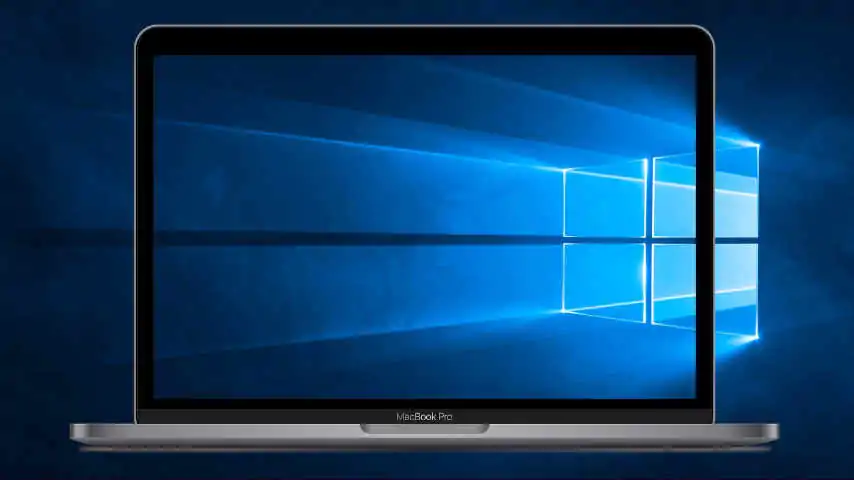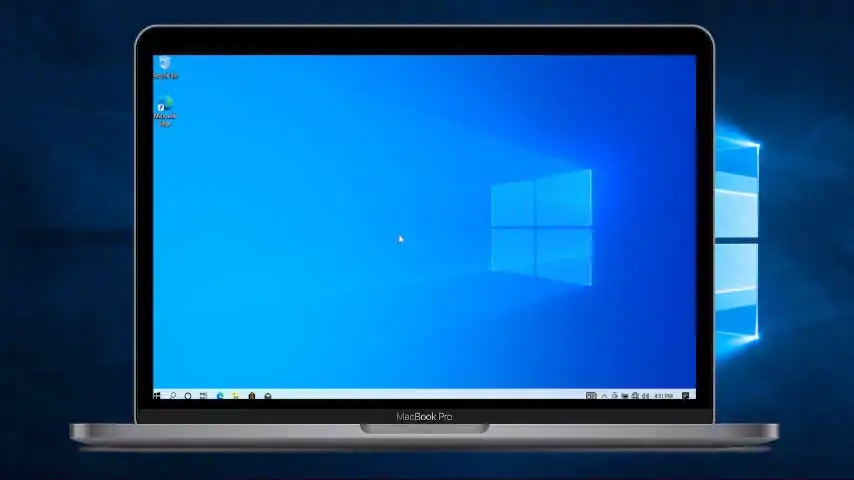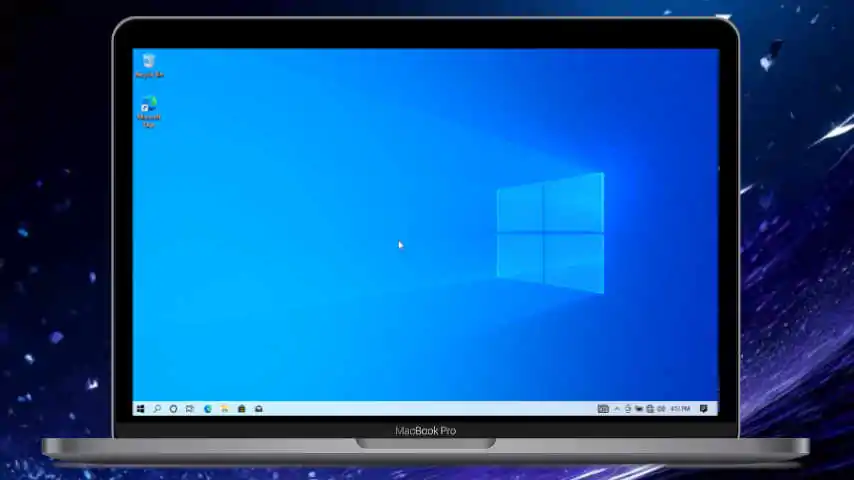
If you’re deciding between Windows 10 Pro and Windows 10 IoT LTSC, understanding their core differences is essential. While both are technically based on the same Windows 10 kernel, they diverge significantly in terms of purpose, features, updates, and support lifecycle.
📊 Quick Comparison Table
| Feature | Windows 10 Pro | Windows 10 Enterprise IoT LTSC |
|---|---|---|
| 🧑💼 Target Audience | Consumers, small businesses | Industrial, medical, and embedded systems |
| 🔄 Feature Updates | Receives frequent (bi-annual) feature updates | No feature updates; only security + quality patches |
| 🛠️ System Apps | Includes Edge, Cortana, Microsoft Store, Xbox apps, etc. | Minimal apps; no Store, Cortana, or preinstalled bloat |
| 🔒 Security Features | BitLocker, basic Group Policy | Full Enterprise-level security (BitLocker, AppLocker, Credential Guard, WDAC) |
| 🖥️ UI/UX Changes Over Time | Subject to major UI changes and feature experiments | Consistent UI; no major visual or functional changes |
| 📅 Support Lifecycle | ~18–30 months (based on version) | Up to 10 years (5+5) with LTSC release |
| 🔗 Licensing | Retail or OEM | OEM/Embedded partners only |
| ⚙️ System Control | Limited Group Policy / Management | Full control over updates, services, features |
| 🚀 Performance | Moderate (more background tasks and services) | High performance, low overhead (lightweight) |
🧠 Use Case Scenarios
✅ Use Windows 10 Pro if:
- You’re a home user, gamer, freelancer, or small business
- You want access to the Microsoft Store, Edge, and modern Windows apps
- You’re okay with frequent updates and UI changes
- You don’t need extended support or highly specialized deployment tools
✅ Use Windows 10 IoT LTSC if:
- You’re building or managing medical, manufacturing, POS, kiosk, or ATM systems
- You require maximum stability and long-term support
- You want to avoid forced feature updates and bloatware
- You need enterprise-grade security & control, but with fewer system distractions
- 👉 Consider Windows 10 Ghost Spectre, lightweight and optimized for performance
🔐 Key Security Advantage of IoT LTSC
Because IoT LTSC includes Enterprise-grade security features, it supports:
- AppLocker 🔐
- Credential Guard 🛡️
- Windows Defender Application Control (WDAC)
- Longer patch cycles = fewer update reboots
Windows 10 Pro lacks most of these unless you use external tools or third-party policies.
🧩 Software Compatibility
Both versions run Win32 and desktop apps, but:
- IoT LTSC does not support UWP or Store apps
- Windows 10 Pro does — good for Teams, OneNote, and other Microsoft ecosystem tools
🏁 Conclusion: Which One Should You Choose?
| Want consumer-friendly features, Edge, and regular updates? | 👉 Go with Windows 10 Pro |
| Need long-term stability, lightweight performance, and zero fluff? | 👉 Choose Windows 10 Enterprise IoT LTSC |
If you’re building something mission-critical or require 10-year support with minimal changes, IoT LTSC is unbeatable. But for everyday productivity or home use, Windows 10 Pro is more practical.
@mainthebest.com

 Download Windows 10 LTSC ISO (32-Bit & 64-Bit) 📥
Download Windows 10 LTSC ISO (32-Bit & 64-Bit) 📥 Windows 10 Pro – The Ultimate OS for Power User 🖥️
Windows 10 Pro – The Ultimate OS for Power User 🖥️ How to Install Windows 10 (Using an ISO or USB) 🛠️
How to Install Windows 10 (Using an ISO or USB) 🛠️ Download Officially Windows 10 Pro ISO 📥
Download Officially Windows 10 Pro ISO 📥